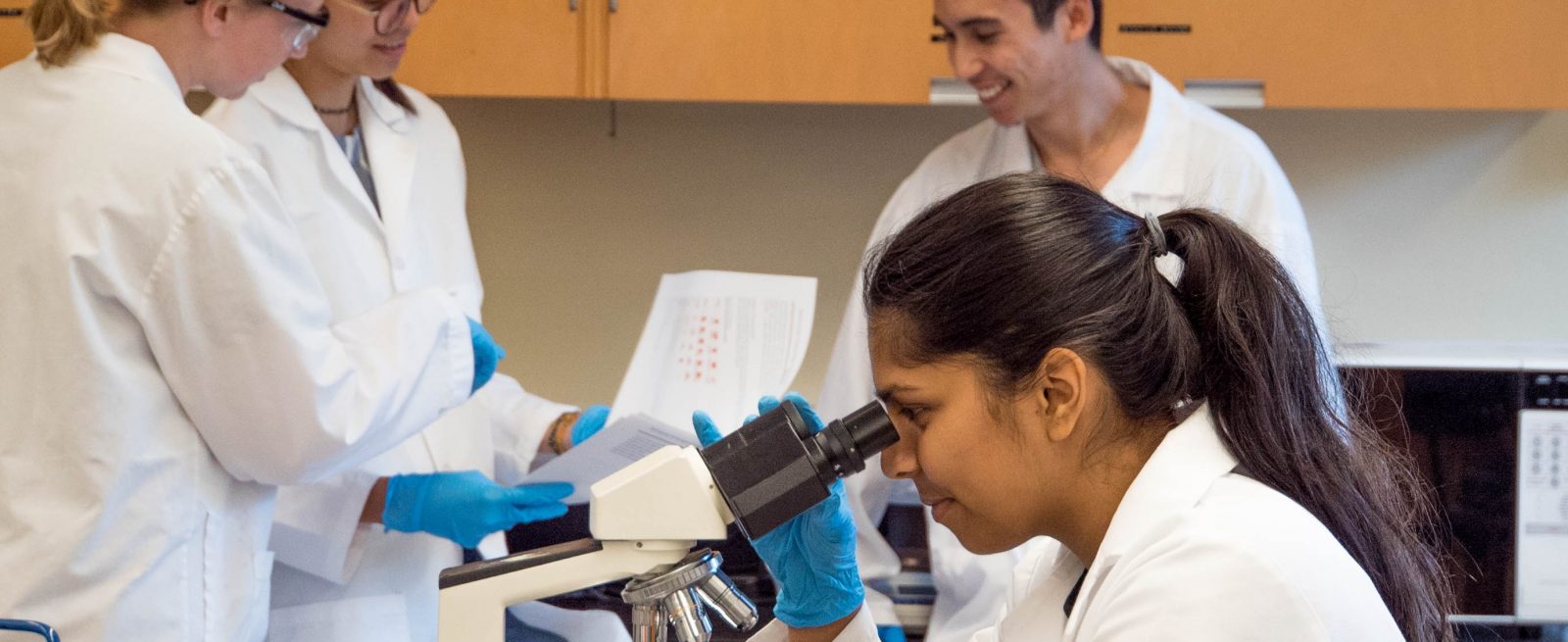Preparing for a Food Safety Inspection: Everything You Need to Know
4 Min Read By Cheryl Stevens
Safety and sanitation inspections can be make-or-break for food manufacturers and producers. And with food safety increasingly on the minds of consumers and regulators, especially after the many food recalls of 2018, these inspections aren’t getting any more lenient. Of course, that’s a good thing for the safety and health of consumers—but it also means that all food processing facilities must put in the time and effort to bring their practices up to speed.
To ensure that your facilities are ready for these key procedures, you’ll need to be familiar with the standards the Food and Drug Administration (FDA) will use to judge your safety and sanitation. The Food Safety Modernization Act (FSMA) of 2011made key changes to proactively address foodborne illness before it starts, and these changes have now been finalized as FDA rules. What can you expect from these more stringent inspections, and how can you make sure that your facilities are prepared to ace them? We’ll cover some key steps you can take to ensure that your manufacturing plants are always inspection-ready.
Basics of an FDA Inspection
The first thing to remember is that the FDA can inspect your food manufacturing facility any time, without notice or warning. However, there are four main contexts in which an inspection can occur:
- Pre-Approval: Certifying a new facility or product.
- Routine: Checking for best practices once every two years.
- For Cause: Investigating complaints or potential issues raised about a facility.
- Compliance/Follow-Up: Determining whether problems noted during a previous inspection have been corrected.
No matter why it’s happening, an FDA inspection will focus on looking for the six main sources of food contamination:
- Sub-standard employee hygiene.
- Building and equipment issues.
- Evidence of vermin.
- Cross-contamination risks.
- Non-compliant operational procedures.
- General unsanitary conditions.
To determine whether you’re in compliance, the FDA inspectors will:
- Look at your records.
- Test samples of your products.
- Examine and test your manufacturing equipment.
- Observe your facilities and processes.
FDA inspectors have a full range of tools at their disposal, from handheld microscopes to thermometers, and they aren’t shy about using them. Thus, the only way to ensure that your facility will meet standards is to develop a robust food safety plan.
Creating and Implementing a Food Safety Plan
The road to a successful FDA inspection actually begins long before the inspection itself. To ensure that your manufacturing processes are safe and sanitary, you’ll need to create a food safety plan that outlines your procedures and gives employees a set of standards from which to work.
Any food safety plan should be based around the FDA’s current foundational rules of food safety:
- The FDA’s Good Manufacturing Practices (GMP) guidelines.
- The standards set by the Hazard Analysis and Risk-Based Preventive Controls (HARPC)and Hazard Analysis and Critical Control Points (HACCP)frameworks.
The GMP rules, as well as the HARPC and HACCP standards, are available online, so there’s no excuse for key personnel not to be familiar with them in detail. Which sector of the food industry you’re in will determine which set of standards your manufacturing needs to adhere to.
It’s also important to implement a structured team of safety experts whose focus is on maintaining FDA standards. At the top, most companies employ a Food Safety Coordinator (FSC) to manage all of the interlocking parts of a food safety team and make sure they’re communicating. This person will also need to be prepared to take the lead during an FDA inspection.
Below the FSC, you’ll typically find multiple Preventive Controls Qualified Individuals (PCQIs) who are responsible for overseeing individual areas of your food safety plan. Each PCQI has a specialty, such as pest control, employee hygiene or facilities maintenance (among others). Beneath the PCQIs are Qualified Individuals (QIs), the experts on the ground who ensure that procedures are followed on a daily basis. An inspector may want to speak to any or all of these individuals, so make sure they’re prepared for an inspection.
Developing Your Inspection Procedures
The first thing an inspector will do upon arrival is to present you with Form 482, the notice of inspection. Every manufacturing facility should have its inspection plan ready to go well in advance—but an FDA inspection is a stressful and hectic time for everyone, so a structured and well-rehearsed inspection plan will help it go smoothly and deal with the hiccups that will inevitably occur.
It’s a good idea to work in teams when dealing with an FDA inspection. One suggested methodis to have a three-part team whose entire task is to deal with the inspectors for as long as the inspection lasts. The roles in the team are typically structured as follows:
- The primary contacts focus on talking to the inspectors and showing them evidence that the guidelines laid out in your HARPC or HACCP plan are being followed.
- The scribes focus on taking notes on everything that happens, including any comments that the inspectors make.
- The runners make themselves available to fetch records, other employees or anything else requested by the inspectors.
These team members should be wholly focused on the inspection and shouldn’t be expected to perform other duties while the inspectors are there.
Remember that hardly any inspection is perfect and that there will often be curveball questions or other aspects you haven’t prepared for. Use these as opportunities to learn, grow and improve your plan. Note also that, if you can fix the issue to the inspector’s satisfaction while they’re present, it’s typically noted as a significant mark in your favor.
When the inspection is over, the FDA’s inspector will present you with FDA Form 483, detailing his or her observations. Make sure to request your own copy of this form. If you want to dispute anything on it, ask the inspector to note your objections and then file them with the agency as soon as possible following the inspection.
No one enjoys having the FDA put their samples under a microscope. However, if you’ve completed the proper preparations for your inspection and followed a robust food safety plan, there’s no reason to worry. Thousands of organizations pass these inspections every year, and as long as you communicate, plan, use an inspection checklist and commit to following best practices, yours can be one of them.


